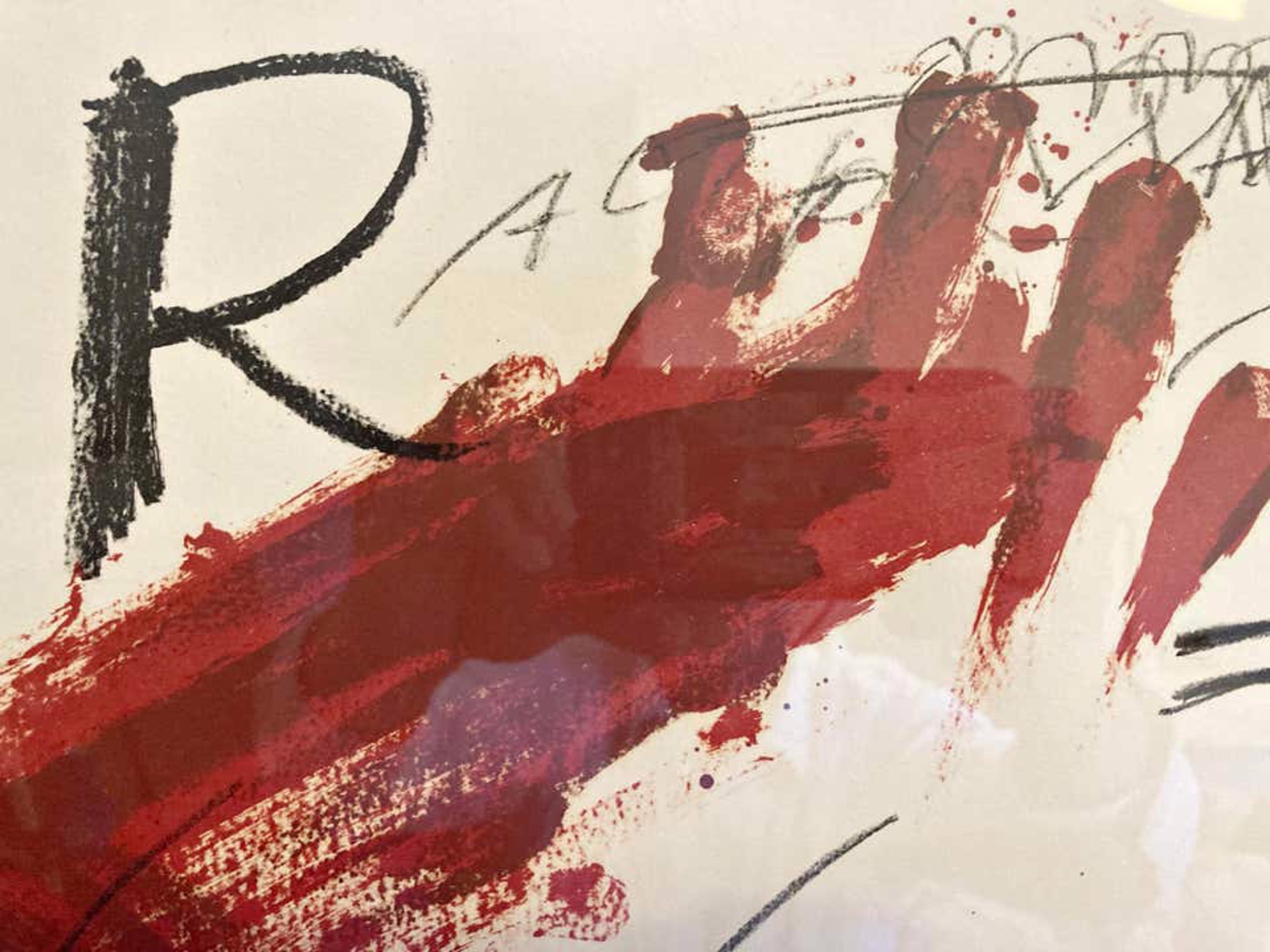Untitled, 1973
Untitled, 1973
Details
About the Item
(NOTE: I apologize for the reflections in these photos; the piece has a custom lucite frame, very solid and sealed in back, and I didn't want to take the frame apart to shoot the piece.) Antoni Tapies is considered Spain's most important painter after Picasso. His work is in the collections of the most important modern and contemporary museums around the world, as well as those of the most notable private collectors. This work is ultra-typical of his: an almost industrial look, expressionistic slashes, impassioned. Pencil-signed, lower right. Numbered 63/150 lower left. Provenance: the notable New Orleans collection of Polly and Ed Renwick.










 Facebook
Facebook
 X
X
 Email
Email
























